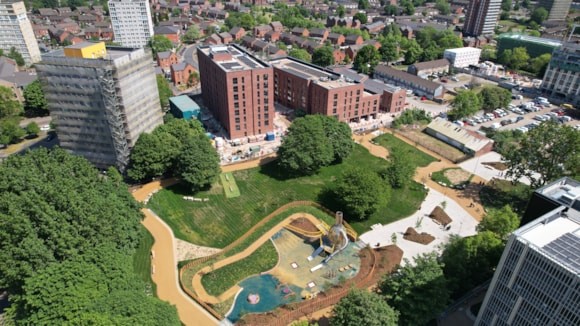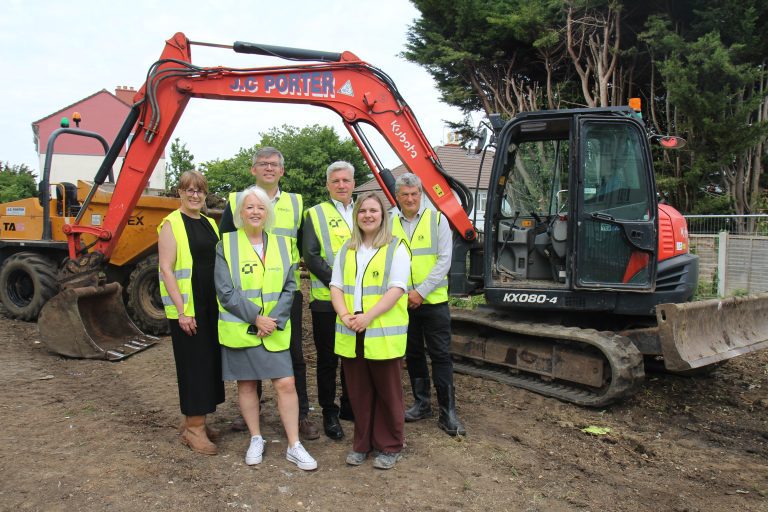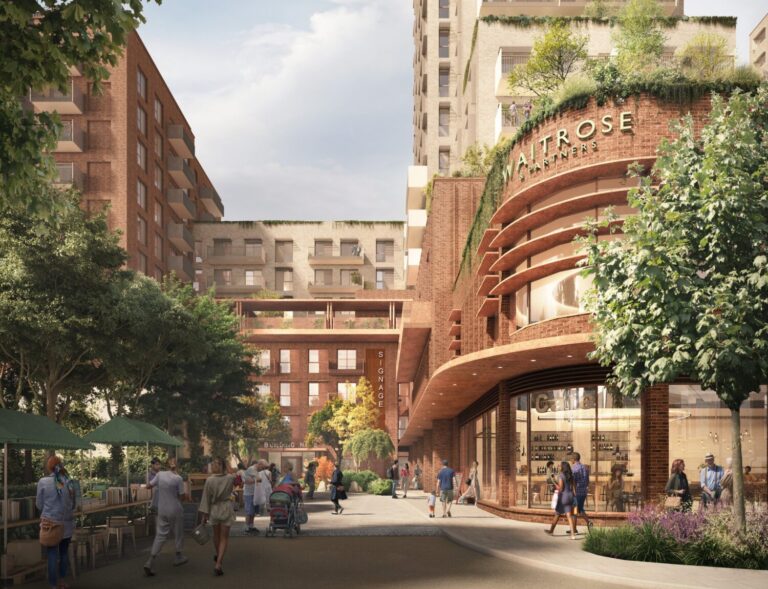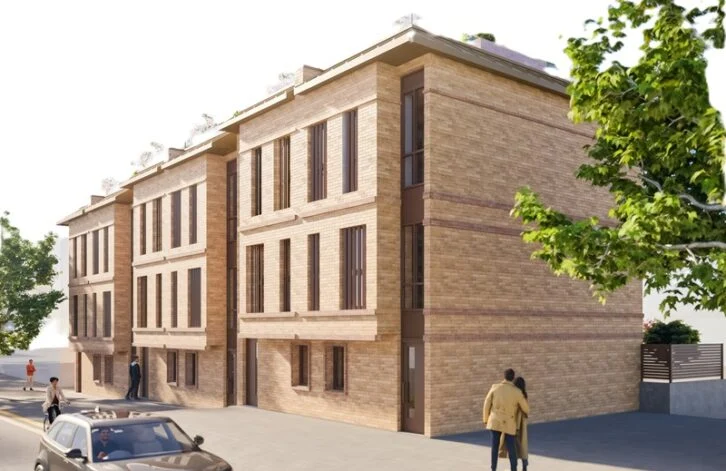Stanmore Contractors, the UK’s leading specialist contractor, has today announced the launch of Stanmore Design House, a new division that will provide RIBA Stage 4 and onwards technical design services to its clients – alongside integrated procurement and construction advice. The new division, which will serve developers, contractors, housing associations, as well as the wider industry, launches at a time of significant regulatory change in the sector. The new Building Safety Regulator (BSR) regime requires that, alongside submitting technical designs (RIBA Stage 4), developers must now begin tendering, contractor engagement, and preparing detailed contractor designs (RIBA Stage 5) ahead of BSR Gateway 2 submission. Stanmore Design House will offer clients a fully integrated suite of technical design consultancy, procurement services, and contractor-led advice to prepare for BSR Gateway 2 submission in a single place, removing the need to engage a separate, standalone technical design house whose outputs are later passed to contractors for RIBA Stage 5. Stanmore Design House will provide clients with the full suite of RIBA Stage 4 outputs, including elevation drawings, section and plan details, subframe layouts, wind load assessments, thermal analysis, and supplier coordination. Stanmore will also apply its contractor expertise to the design process, ensuring all technical designs are practical and buildable. The new technical design service will be paired with comprehensive procurement and construction support and guidance, including providing multiple supplier options across different price points, assessing material availability, ensuring QA through early factory visits, and considering site logistics and construction needs during the design phase. This end-to-end support will help minimise the risk of late-stage design changes that could trigger BSR resubmission and cause delays. The offering is designed to streamline planning, reduce risk, and ensure designs are ready for real-world construction. Founded in 1958, Stanmore is one of the UK’s leading specialist contractors, with expertise in drylining, facades, glazing, and metalwork. With offices in London, the South West, and the North West, the business has delivered major projects for clients including The Guinness Partnership, Bouygues UK, Wates, and St James. Raj Manak, Managing Director at Stanmore, said: “With the new BSR framework, it’s more important than ever to integrate procurement and construction insight into the technical design stage as early as possible. Stanmore Design House will offer clients exactly that kind of insight-led support. “Our ultimate aim is to make technical design seamless, efficient, and effective. We want to reduce risk, save costs, and deliver solutions that work in practice and not just in theory.” Haman Manak, Head of Procurement at Stanmore, added: “We want to offer our clients the ability to tap into the company’s wider procurement and construction expertise from Day One. “Whether it’s aligning technical design with material availability, supplier pricing, or site logistics, it’s increasingly important that design and delivery go hand in hand.” Building, Design & Construction Magazine | The Choice of Industry Professionals














